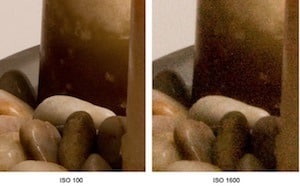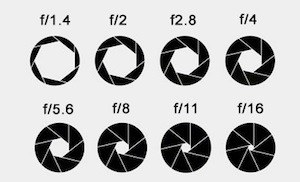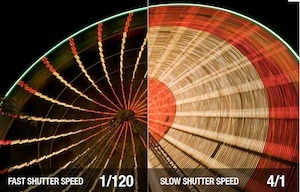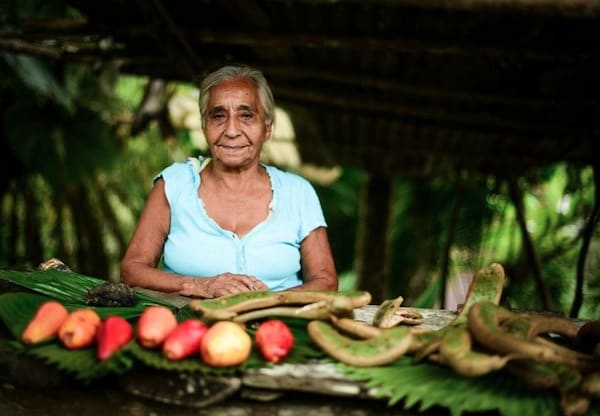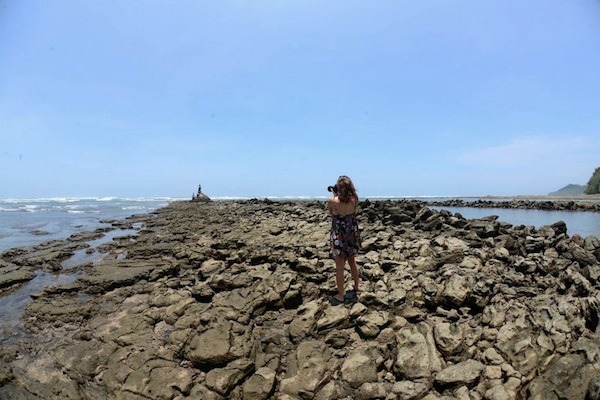Photography is all about capturing a memory- a still frame to remind you forever of a moment otherwise lost in time. It used to be that camera’s were only broken out for special occasions; birthdays, holidays, graduations, weddings- milestones in life that people wanted to have a visual reminder of. If you are a twenty-something or older you have probably flipped through old photo albums, thumbing through pictures of childhood birthday parties, musing slightly over grossly overexposed birthday cake pictures, ghost like images of a person who was caught mid motion and the one relative behind the lens that could never quite seem to take a group photo without cutting off someone’s head. You may scoff at the seemingly amateur photography skills of your relatives. Perhaps you even feel superior in your photography skills, noting that you have taken better pictures while drunkenly extending your arm in front of yourself in a crowded bar. However, it is not necessarily the photographers who have improved, but rather the devices which they use to take photographs. The automatic camera technology has gotten so good that there is a nostalgia for imperfection in exposure, color temperature, and focus which has contributed to the success of apps like Instagram which mimic old camera “flaws”.
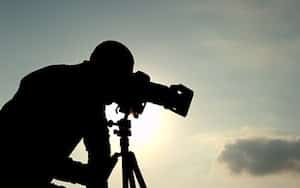
Firstly, manual mode is usually only an option when you are in possession of a DSLR camera (A digital single-lens reflex camera) which allows its user more freedom and control over the various components which work together to capture an image. There are a multitude of ways in which one can use a DSLR camera to create photographic masterpieces, entire courses are dedicated to the study of photography. However, there are a few basic elements that once one can grasp a very basic knowledge of, you will know how to explore beyond the mundaneness of a common place point-and-shoot picture.
One of the foundations of the art of photography is mastering the use of exposure. There are three main elements that relate to exposure, and they are often referred to as the “exposure triangle”. Each of these three aspects of the triangle relate to light and how it enters and interacts with the camera.
The Three Elements of the Exposure Triangle
ISO
ISO in digital photography measures the sensitivity of the image sensor to light. The lower the number of the ISO, the less sensitive the camera is to light and the finer the grain. Higher ISO’s are usually used when in darker situations to get faster shutter speeds (i.e. if you were at an indoor sporting event and you wanted to get a frozen action shot in lower light). However, this also makes for “noisier” shots- meaning the texture of the picture appears less smooth.
Aperture
To put it simply, aperture is the size of the opening in the lens when a picture is taken. The smaller the hole the less light gets in, the larger the whole, the more light gets in.Aperture is measured in what is called ‘f-stops’. Usually they are referred to as f/number – for example f/2.8, f/4, f/5.6,f/8,f/22 etc. Moving from one f-stop to the next doubles or halves the size of the amount of opening in your lens (and the amount of light getting through). One thing that can be slightly confusing about f-stops is that smaller numbers denote larger apertures (where more light can get through).
Shutter Speed
Shutter speed is the amount of time that the shutter is opened for. Shutter speed is measured in seconds, or rather, fractions of seconds- the larger the denominator the faster the speed (i.e. 1/1000 is much faster than 1/30). Mostly shutter speed is used at 1/60 or faster, any slower (without using a tripod) and you risk camera shake which makes your pictures come out blurry. Shutter speed will largely determine how you capture motion. If your subjects are moving and you would like to capture them frozen, you would require a fast shutter speed. Where as if you wanted to let the movement blur you would use a slower shutter speed. Shutter speed allows for the photographer to choose the way others will see the motion in the picture. For instance, to give an impression of how fast a train is moving one can capture a stationary object in front of a moving train with a slow shutter speed so that the train appears to be zipping past the object.
Understanding the Relationship Between ISO, Aperture and Shutter Speed
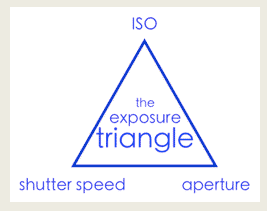
Imagine that your camera is a window that has shutters which open and close.
Aperture would be the size of the window. If it’s a bigger window more light will get through and therefor the room will be brighter.
Shutter Speed would be the amount of time in which the shutters of the window remain opened. The longer that you leave them open the more light comes in.
Lets say that you’re inside the room and are wearing sunglasses (maybe you’re a celebrity) Your eyes become desensitized to the light that comes in. This would be like a low ISO, the darker your sunglasses the lower the ISO.
There are a couple of ways that you could increase the amount of light in the room-or at least how much it seems that there is. You could increase the time that the shutters stay open (decrease shutter speed), you could increase the size of the window (increase aperture) or you could take off your sunglasses (make the ISO larger).
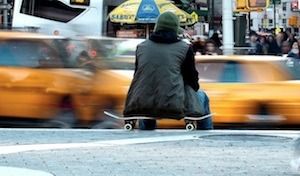
Regardless of the choices you make about how you would like to capture your image, the fact that you are making choices has set you apart from the drone like monotony of “overly perfect” shots. Using your exposure triangle to affect the picture you are creating will take you from taking pictures to becoming a photographer.
Check out all the fun we’re having, right now, at the School of the World!
to reach our office directly +506.2643.2462
to reach a guest +506.2643.1064
U.S. number that connects to our office
+1-305-517-7689
schooloftheworld (skype)
Check out all the fun we’re having, right now, at the School of the World!
to reach our office directly
+506.2643.2462
to reach a guest +506.2643.1064
U.S. number that connects to our office +1-305-517-7689
schooloftheworld (skype)

